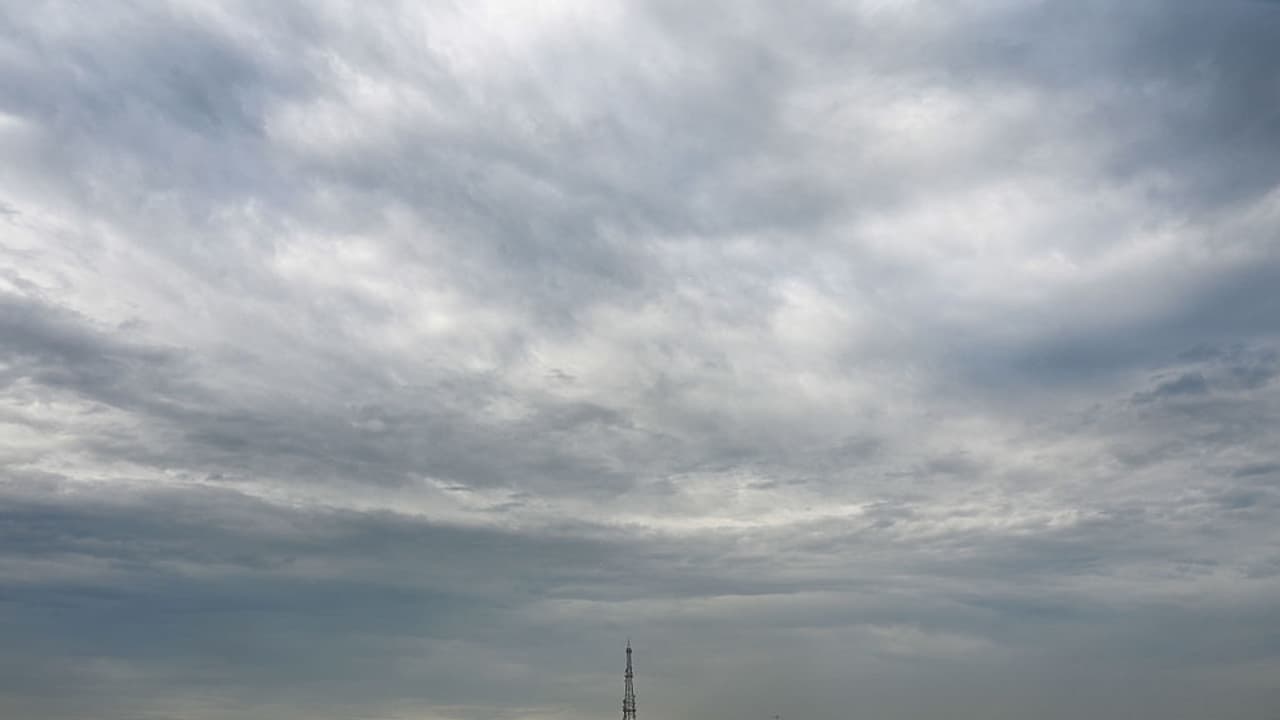Delhi’s first cloud-seeding trial was flown over north and central zones using aircraft dispersing silver iodide and salt compounds into clouds. The experiment aims to reduce winter smog by triggering artificial rain.
For the first time, Delhi is trying to induce artificial rain. The government conducted a cloud-seeding flight over areas such as Burari and Karol Bagh, aiming to wash out harmful pollutants. The initiative marks a new approach in the city’s long struggle with winter smog and air pollution. But the process is not simple and success depends on key weather conditions.
Clouding-seeding done in Delhi: Monitoring and next steps
Officials said the aircraft from Kanpur completed the first cloud-seeding run over Burari on Tuesday. The Delhi government and IIT Kanpur experts will now closely monitor weather data to check if rainfall occurs within the next few hours. If the experiment proves successful, a second trial may take place later today. Environment Minister Manjinder Singh Sirsa said the government plans to prepare a long-term schedule for artificial rain operations, possibly running daily or on alternate days until February 2026, depending on weather conditions.
The minister said, “The second trial of cloud seeding has been done in Delhi. This was done by IIT Kanpur through Cessna Aircraft. The aircraft entered Delhi from the direction of Meerut. Khekra, Burari, North Karol Bagh, Mayur Vihar were covered under this. 8 flares were used in cloud seeding. Each flare weighs 2-2.5 kg…These flares released content in clouds. The clouds had 15-20% humidity. The process continued for half an hour and during this, one flare continued for 2-2.5 minutes…The aircraft has now landed in Meerut. Second sortie and third trial will be undertaken today itself…As per IMD, winds are headed north and clouds can go anywhere in Outer Delhi. IIT Kanpur believes that there can be rain anywhere between 15 minutes and 4 hours…We hope IIT Kanpur’s results will be positive…If it is successful, in days to come, a long-term plan can be drawn till February. Such sorties will continue in the days to come. 9-10 trials will be done every day as the weather permits…”
Scroll to load tweet…
What is cloud seeding?
Cloud seeding is a weather-modification technique. In this method, aircraft or ground devices introduce particles into moisture-laden clouds. Common agents include silver iodide crystals or salt-based compounds. These particles act as nuclei: they help small water droplets in clouds merge into larger drops or ice crystals, which then fall as precipitation. But very important: cloud seeding does not create rain from nothing. It only works when clouds and moisture are already present.
Why Delhi is trying it
Delhi faces severe winter pollution, with fine particles and smog trapping in the city. The pollution often rises to ‘very poor’ or ‘severe’ air quality levels. Officials believe artificial rain could help by lowering airborne particles, improving visibility, and giving temporary relief. The government has approved a project costing around Rs 3.21 crore to carry out up to five cloud-seeding trials, each covering about 100 sq km.
What happened in the recent trial
According to officials, an aircraft from Kanpur carried out a cloud-seeding flight over Delhi’s north and central zones. It released silver iodide and sodium chloride particles into clouds. Areas targeted included Burari and Karol Bagh. However, no rainfall has occurred yet. The atmospheric moisture was under 20%, whereas experts say cloud seeding generally requires about 50% humidity or more to be effective.
The key factor: Weather conditions
The most important factor for cloud-seeding success is the presence of suitable clouds with enough moisture. If the clouds are too thin or there isn’t enough water vapour in the air, seeding won’t trigger rain. In Delhi’s case, winter conditions often mean clear skies or unsuitable clouds. That makes the technique harder to apply during major pollution episodes. Some experts say the technique is more of a supplement than a full solution.
Limitations and expert cautions
While cloud seeding offers hope, experts caution about its limitations:
- It depends heavily on weather windows: clouds, moisture, wind, cloud type. Without these, it won’t work.
- It doesn’t remove the root causes of pollution (vehicle emissions, industry, crop burning, dust).
Cost-effectiveness and environmental impacts need stronger study. Some warn about possible soil or water effects from repeated use of chemicals like silver iodide.
Thus, while the technique may provide temporary relief, it should be paired with long-term efforts to curb pollution at its source.
What cloud seeding means for Delhi’s pollution fight
This trial shows the government is exploring new tools to tackle air pollution. But it also highlights how complicated the battle is. Without the right clouds and moisture, even advanced technology may not work. For Delhi residents, it means the cloud-seeding flights may offer occasional help, but cleaner air will still require sustained action, i.e. controlling emissions, reducing dust, managing crop burning, improving transport and more.
Officials say more trials will follow, timed for when weather conditions are more favourable, likely during the transition between monsoon and winter, or when clouds form naturally. The government and scientists will monitor results, including air quality changes and any environmental side-effects. If successful, cloud seeding could become part of Delhi’s ‘plan B’ for smog episodes. But success is not guaranteed, and conditions must be right.
Delhi’s first cloud-seeding experiment marks an innovative step in the fight for clean air. But its success hinges on a big factor: the presence of suitable clouds and sufficient moisture.
For now, the trial has begun and Delhi eagerly awaits rain.
(With ANI inputs)
